Lani’s Big Year: California Dreaming
Note: This is the ninth in a series of occasional blog posts by GGBA member George Peyton about his other half Lani Rumbaoa’s effort to see over 600 bird species in the Lower 48 states in 2015.
By George Peyton
When Lani and I returned from Arizona in early August, we knew that was the last place where she could expect to see a large number of new bird species (50) in a single area in a relatively short time, so our general plan moving ahead was instead to see as many new Target Birds as possible in California over the next two and a half months. Staying in California was necessary because we’d spent so much time travelling during the first six months of 2016: Lani had promised to spend more time at her job as a store manager during the second half of the year.
As the person in charge of strategic planning for Lani’s Big Year, I set myself three tasks in preparing for this block of time in our home state. The first was to locate every possible bird species that regularly occurs in California, even the rare ones that are difficult to see. The next was to be ready to chase after rare and vagrant species that periodically stray to California, which meant constantly monitoring Rare Bird Reports, mainly by checking the Sialia Birding Lists Digest listserv, as often as every hour or two.
The third task — potentially quite productive — was scheduling pelagic trips on the Pacific Ocean to see the numerous bird species that spend most of their lives at sea. However, there was one Big Problem: Lani has an inner ear condition that makes her far more susceptible to sea-sickness than a normal person. In fact, one medical expert had previously advised Lani never to go on boat trips.
Just the same, Lani had the intuition (or guts) to give it a try. We decided to start with a pelagic trip out of Ventura, just south of Santa Barbara, and to combine that with a separate trip to Santa Cruz Island and a longer driving trip with our close birding friend Jesse Grantham.
To maximize our birding possibilities, on the trip down to Ventura we stopped at the Montecito home of our friend Lynn Scarlett to look for a relatively difficult-to-see species that we had previously missed in South Florida in March — a Scaly-breasted Munia, formerly known as a Nutmeg Mannikin.
We had been told by Lynn and her birding friend Steven Courtney that a number of these birds roosted in Lynn’s yard. When we drove up to her garage and got out of our car, sure enough, within one minute Lani had spotted several Munias in a patch of tall bamboo right by the garage.
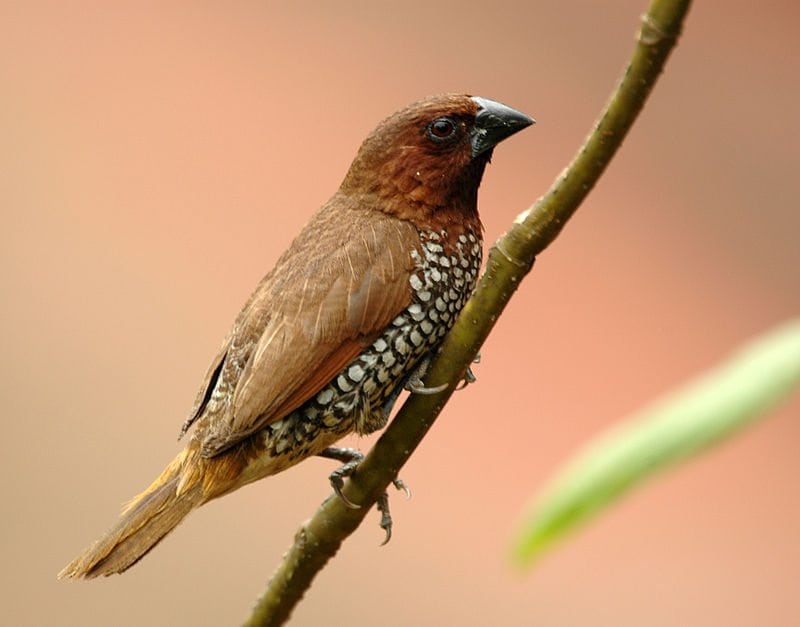
That evening Lani and I had a special treat — dinner at Duke’s, a popular seafood and burger joint near the beach, with Dessi Sieburth of Montrose (Los Angeles County) who as a 12-year-old had been named Young Birder of the Year by the American Birding Association.
Dessi turned out to have an amazing knowledge of birds and where they could be found, particularly in the Greater Los Angeles Region. He reviewed Lani’s Big Year List like an expert, asking many pertinent questions. It is great to see really sharp young people like Dessi so thoroughly infected with a passion for birds.
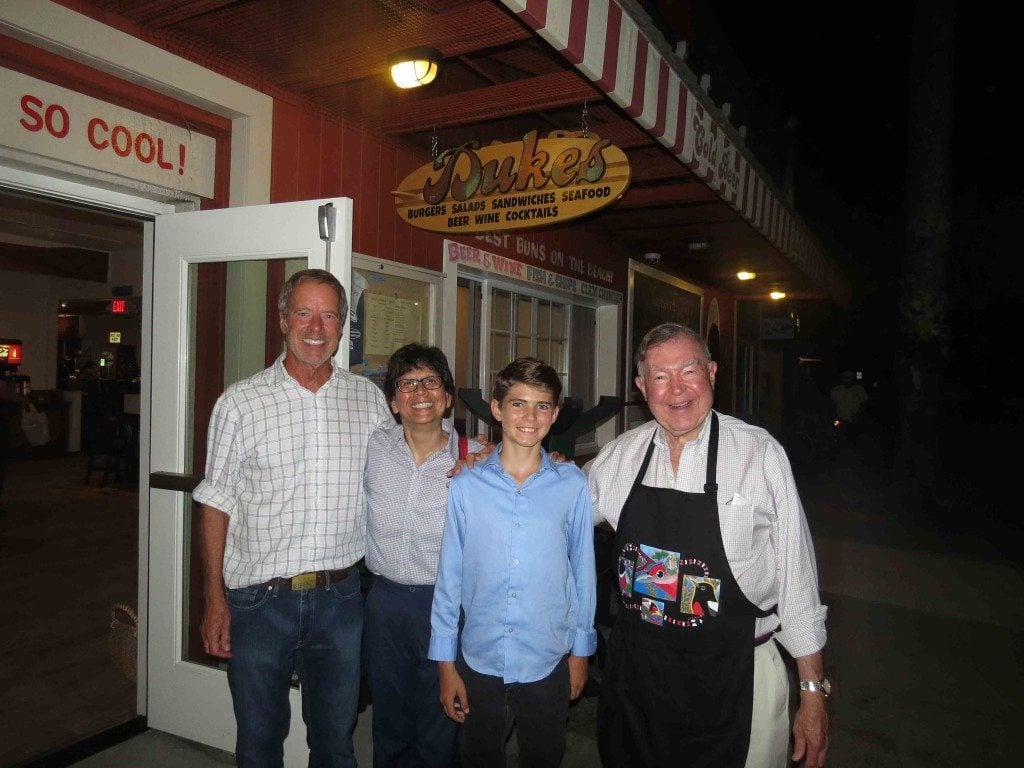
The next day we boarded a large two-deck catamaran operated by Island Packers for the hour-and-a-half trip to Prisoner’s Landing on Santa Cruz Island, where with the help of an Island Packers naturalist Lani got great views of the Island Scrub Jay, a species related to the Western Scrub Jay but found only on Santa Cruz Island.
To avoid seasickness, Lani relied on a Scopolamine Transderm Scop Patch worn behind her ear as well as an electronic bracelet that sent pulses into her wrist every four seconds. On this trip they seemed to work just fine.

The next morning we rose early to be at the dock by 7 a.m. for a ten-hour trip out onto the Pacific Ocean. Our instructions were to eat a moderate breakfast of non-greasy foods such as toasted bread, and to continue eating small amounts of bland food such as saltine crackers throughout the trip to absorb excess stomach acid.
We fortunately were in the same type of large two-decked stable catamaran. Lani promptly made her way to the front of the top deck and stayed at the front railing almost the entire trip, hoping for the best possible view of any new pelagic bird species.
Lani succeeded far beyond her imagination, seeing 14 new pelagic species that day: Pink-footed, Buller’s, and Sooty Shearwaters, Northern Fulmar, Black and Ashy Storm-Petrels, Long-tailed and Pomarine Jaegers, Cassin’s Auklet, Red Phalarope, and Sabine’s Gull.
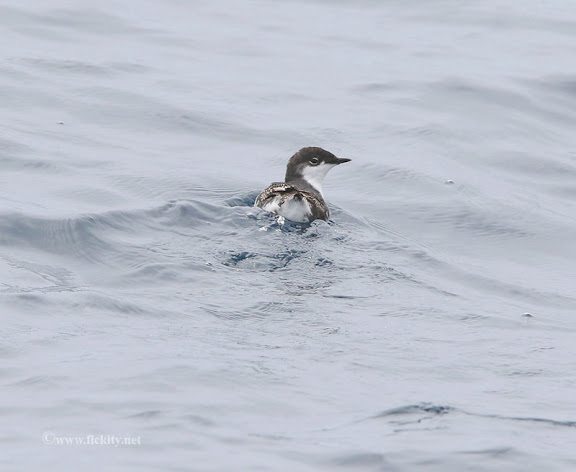
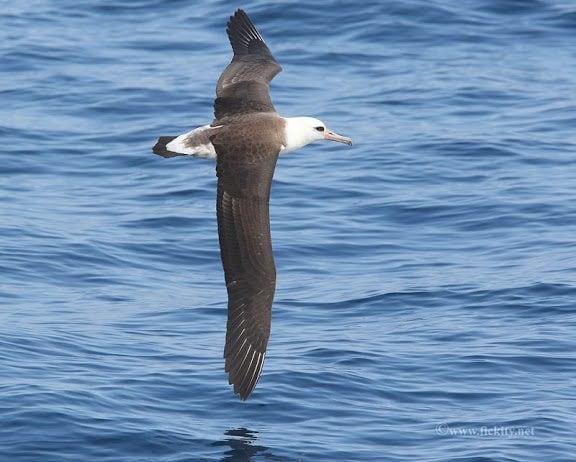
Both Lani and I were excited to have good views of both Craveri’s and Scripps’s Murrelets, species not usually found in Northern California. The best bird of the day was a huge Laysan Albatross that kept flying back and forth right in front of our boat for over five minutes. All these were Life Birds for Lani, as well as new species for her Big Year List. She returned to shore in great shape, with no symptoms of sea-sickness, despite traveling well over 100 miles across open ocean for over 10 hours.
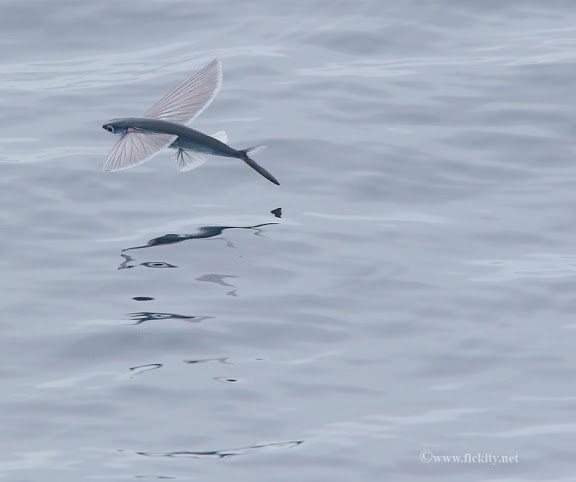
That evening we drove to the home of our friends, Jesse and Trina Grantham, in Ojai. After a delicious dinner, we headed for bed, since we would be up at 4 a.m. for a long drive over the mountains to Maricopa in the far southwest corner of the San Joaquin Valley, with the aim of arriving by sunrise. Our goal was to find a light-colored drab bird with a very curved bill – the notoriously difficult-to-see LeConte’s Thrasher, which loves to run rapidly from one scruffy desert bush to another, rarely stopping to perch.
We tramped through desolate desert scrub for well over two hours, oil wells pumping away all around us, all the traditional places the thrasher is seen. Although we finally heard one calling, Lani never did see the bird.
We had better luck at our next stop: the Bitter Creek National Wildlife Refuge, one of the best locations in Southern California to see California Condor. We were fortunate to be guided by our friend Jesse, who retired several years ago as Director of the Condor Recovery Program for the U.S. Fish and Wildlife Service. After searching the skies for some time, Lani spotted a condor majestically moving along a ridge line across the valley from us. At one point it flew fairly close to a Golden Eagle. With its amazing nine-foot wingspan, it seemed to dwarf the eagle!
Our next real birding outing was Lani’s second pelagic trip, this time with Shearwater Journeys out of Half Moon Bay on the Sunday before Labor Day. Because we needed to be at the dock around 7 a.m., we planned to drive down on Saturday and spend the night, dining with Lani’s Big Year birding friends and competitors, the father/son team of Monroe and James McKay, who were booked on the same pelagic trip as us.
But… in checking the Sialia rare-bird listserv, I found that a Ruff, a medium-sized rare shorebird strayed down from Siberia, had just been spotted on a farm pond outside of Petaluma!
So we totally changed our itinerary, leaving early on Saturday morning and driving northwest to Petaluma. Within minutes of stopping our car, Lani had the Ruff in the telescope for great views. That left a long drive south across the Golden Gate Bridge to San Francisco and then down the coast to Half Moon Bay. We managed to arrive in time for a good seafood dinner at Sam’s Chowder House, where we exchanged our latest sightings with the McKays, who had also seen the Ruff after we had notified them of its presence in Petaluma.


The next morning we arrived at the dock only to realize we were boarding a craft that was very different from those stable Ventura catamarans. Our “ship” was a relatively small fishing boat about half the size of the Ventura vessels, and with no upper deck to improve viewing. After sailing for about four hours through increasingly rough waters, we finally reached the tall Weather Buoy on the edge of the Continental Shelf, where Debi Shearwater announced that with roller waves of eight feet and higher, the boat would not be going further out and would instead wait for about fifteen minutes in hopes of seeing Brown Boobies that sometimes perched on the buoy.
The Brown Boobies never showed up. And as the small boat kept pitching up and down and side to side, even the Scopolomine patch, electronic bracelet, and saltines couldn’t prevent Lani from becoming seasick. With almost six hours until we returned to the dock, it was not very pleasant for Lani, but just the same she added three new species that day: Black-footed Albatross, Fork-tailed Storm-Petrel, and South Polar Skua. And the most impressive sight of that day was sailing back to port through gigantic flocks of Sooty Shearwaters near the coast, probably exceeding 25,000 birds both in the air and on the water.
P.S. More birding tales from California and South Texas are coming up. As of November 21, Lani’s Big Year List is up to 623.
—————————————
George Peyton practiced law for 44 years, dividing his time between a private practice and work as Piedmont City Attorney. He has served on the boards of Golden Gate Bird Alliance, Point Blue (formerly PRBO), Audubon Canyon Ranch, and National Audubon. He played a leading role in National Audubon’s work to save Mono Lake. He has been an active birder for 66 years and seen about 6,500 bird species. Click here to read his previous posts on Lani’s Big Year.
